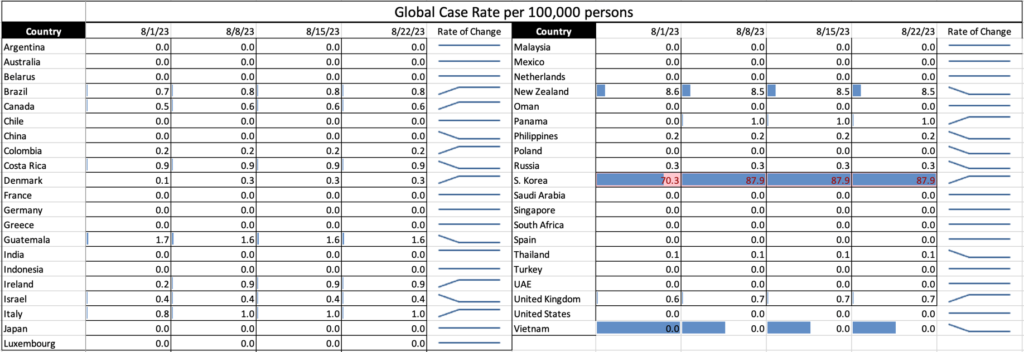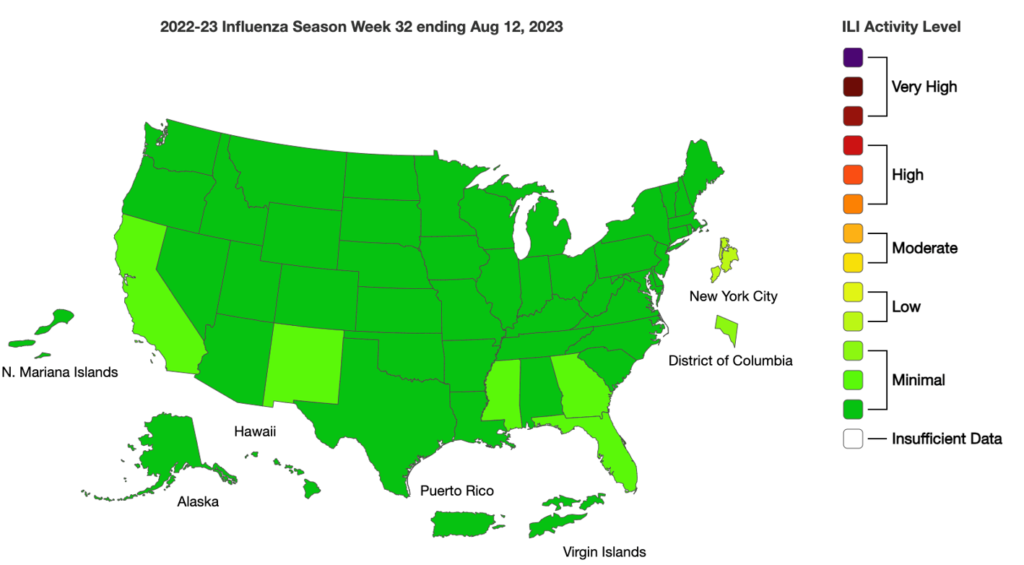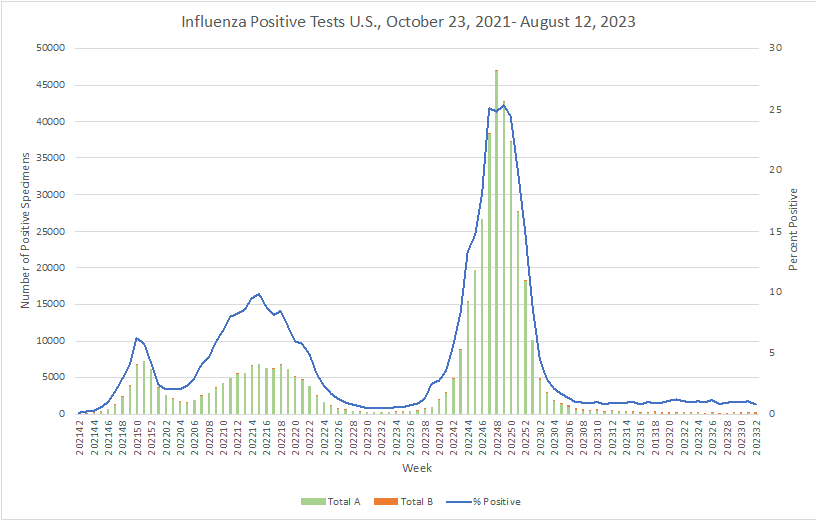The more that has been learned about COVID-19, both during and after the pandemic, the more it was determined that the ventilation system of a building could have a significant impact on the aerosol transmission of COVID and other infectious disease. To help mitigate this risk, ASHRAE has published a “pioneering” code-enforceable standard, ASHRAE Standard 241, Control of Infectious Aerosols, establishing minimum requirements for many aspects of air system design, installation, operation and maintenance for both new and existing buildings as well as major renovations.
Some of the key features of the standard are:
- Required compliance with the requirements of the applicable ventilation and indoor air quality standards (e.g., ANSI/ASHRAE Standards 62.1 and 62.2 or ANSI/ASHE/ASHRAE Standard 170), including minimum ventilation rates.
- Requirements for an infection risk management mode of operation (IRMM) that applies during periods when higher levels of infection risk mitigation are desired or are required by authorities based on public health data. By creating this IRMM, the standard introduces resilience into indoor air quality standards, which also could be applied when developing system requirements to mitigate wildfire smoke.
- Requirements for infection risk management in terms of equivalent clean airflow rate in units of flow per occupant in a space (ECAi), which can be met by outdoor air, filtered recirculated air and air disinfected by other technologies, allowing for flexibility to optimize cost and energy use. With ASHRAE’s risk modeling finding flow rate per person to be the most useful and scalable way to represent requirements, the society is providing a free, updated version of the ETF equivalent outdoor air calculator.
In reviewing the standard, TAG notes that new rates are lower than in previous standards, with the rates appearing to be based, at least in part, on the expected activities in an area, and the new standard expresses control requirements in terms of a quantity (ECAi) that integrates the impact of multiple controls. Following are the requirements for some common food businesses/areas from Table 5-1 Minimum Equivalent Clean Airflow per Person in Breathing Zone in IRMM Occupancy Category:
ECAi
cfm/person1 L/s/person2
Food and beverage facilities 60 30
Office 30 15
Manufacturing 50 25
Sorting, packing, light assembly 20 10
Warehouse 20 10
1Cubic Feet Per Minute 2Liters/Second/Person
The standard also includes requirements for air distribution in mechanically ventilated, naturally ventilated, and mixed-mode buildings, and the application of in-room air cleaners. The operational requirements of the standard are based on guidance developed by the ETF, and maintenance requirements from ANSI/ASHRAE Standard 62.1.
The full standard can be downloaded from ASHRAE for $100 ($75 for members). For assistance with clarification of the standard or other infectious disease transmission mitigation in your facility, give TAG a call. Our public health experts can help.
COVID Risk Matrix:

Influenza:


- Japan will start releasing treated radioactive water from the tsunami that hit Fukushima nuclear plant into the Pacific Ocean on Thursday. 1.34 million tons of water have accumulated since the 2011 tsunami destroyed the plant. The releasing of the water is necessary to begin decommissioning the plant. Japan has been collecting the contaminated water for decades, but there is no longer space to store it. The water will be released over 30 years.
- BA.2.86 was recently deemed a variant by WHO on August 17 and it has since been identified in multiple countries. It has been identified in Israel, Denmark, the US, and the UK. Scientists aren’t sure if it will add fuel to the fall wave or if it will fizzle out. BA.2.86 likely stemmed from BA.2 which is an Omicron descendent.
- FDA approved the first vaccine to protect infants from RSV. The vaccine, called Abrysvo, is approved for use at 32-36 weeks gestational age of pregnancy. Additionally, it is approved for infants from birth through 6 months of age.
- Four African countries have reported more vaccine-derived polio cases. Additionally, Chad and Democratic Republic of the Congo have reported more cases of vaccine-derived polio.
- New York and Connecticut each reported one fatality caused by Vibrio. New York’s case is still under investigation to determine if the patient was exposed to water in New York or elsewhere. The infected Connecticut individuals had consumed raw oysters or had been exposed to brackish water in Long Island Sound.
- Recommendations from the Advisory Committee on Immunization Practices – US 2023-24 influenza season were released August 23. For most persons who need only 1 dose of influenza vaccine for the season, the vaccine should be offered during September or October. Certain children 6 months through 8 years need 2 doses – the first dose should be administered during July or August. This year’s vaccine includes an update to the influenza A (H1N1) pdm09 component.





